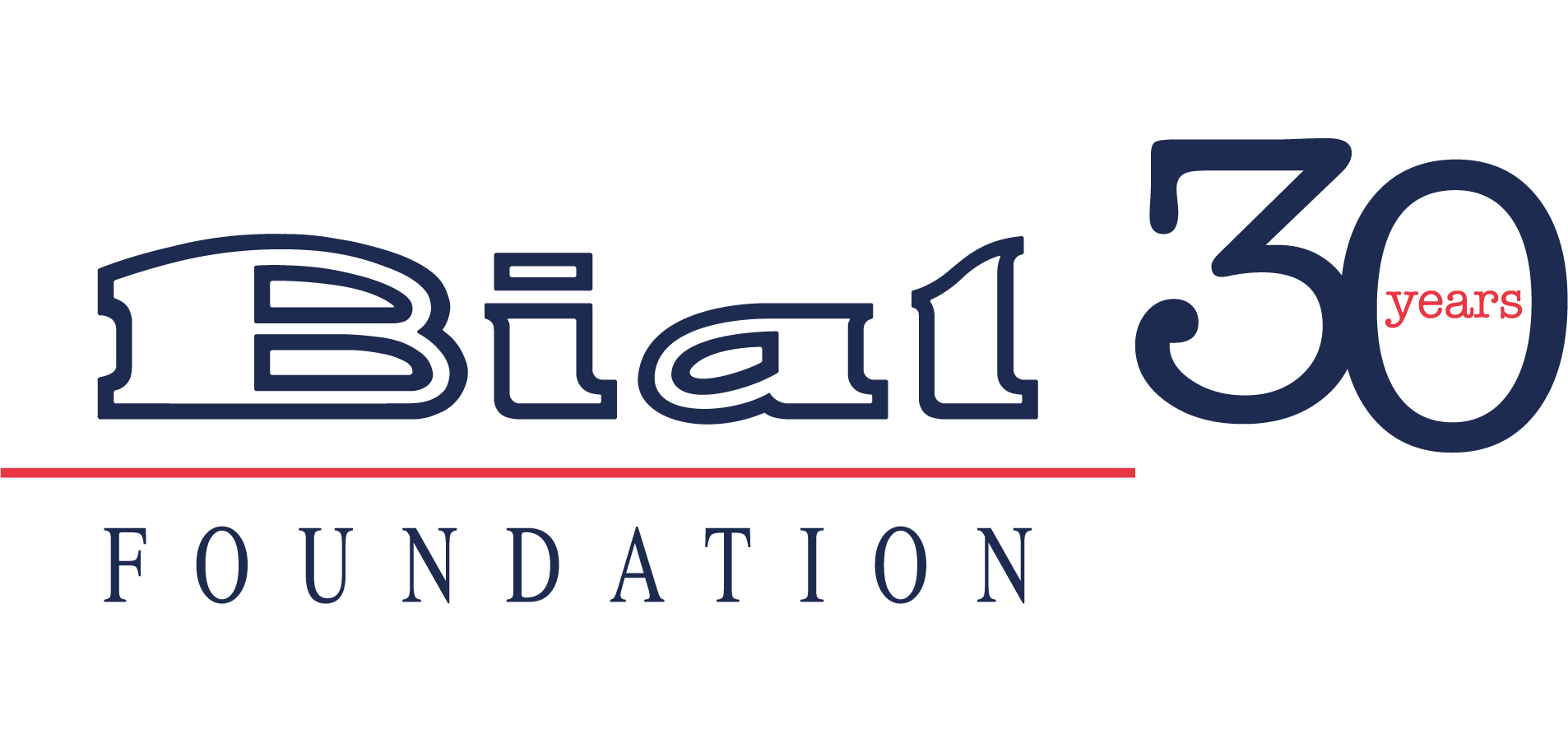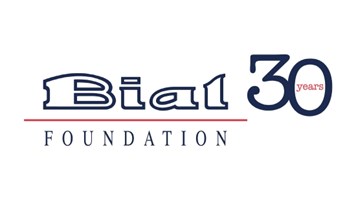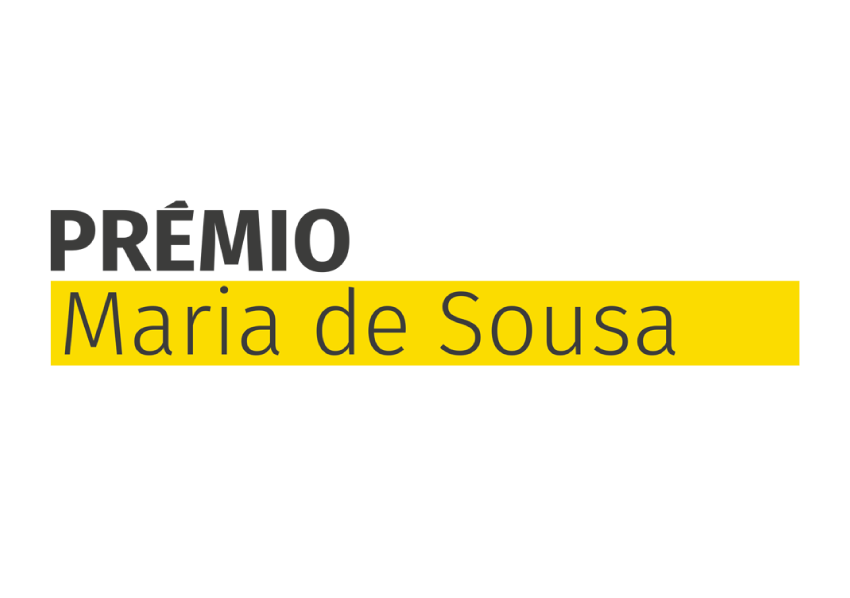News
- Science Stories
- Highlights
- Looking for collaboration
- Helpful links
- Logos
Science Stories
It is our mission being accomplished. Since 1994, the BIAL Foundation has approved for funding 865 projects, involving more than 1700 researchers from 30 countries. There are three decades of support to Scientific Research Projects oriented towards the neurophysiological and mental study of the human being, in the areas of Psychophysiology and Parapsychology.
Discover the stories behind the science.
Science Stories

Academic studies on claimed past-life memories
Did you know that most studies on claimed past-life memories were carried out mainly in Asian countries?
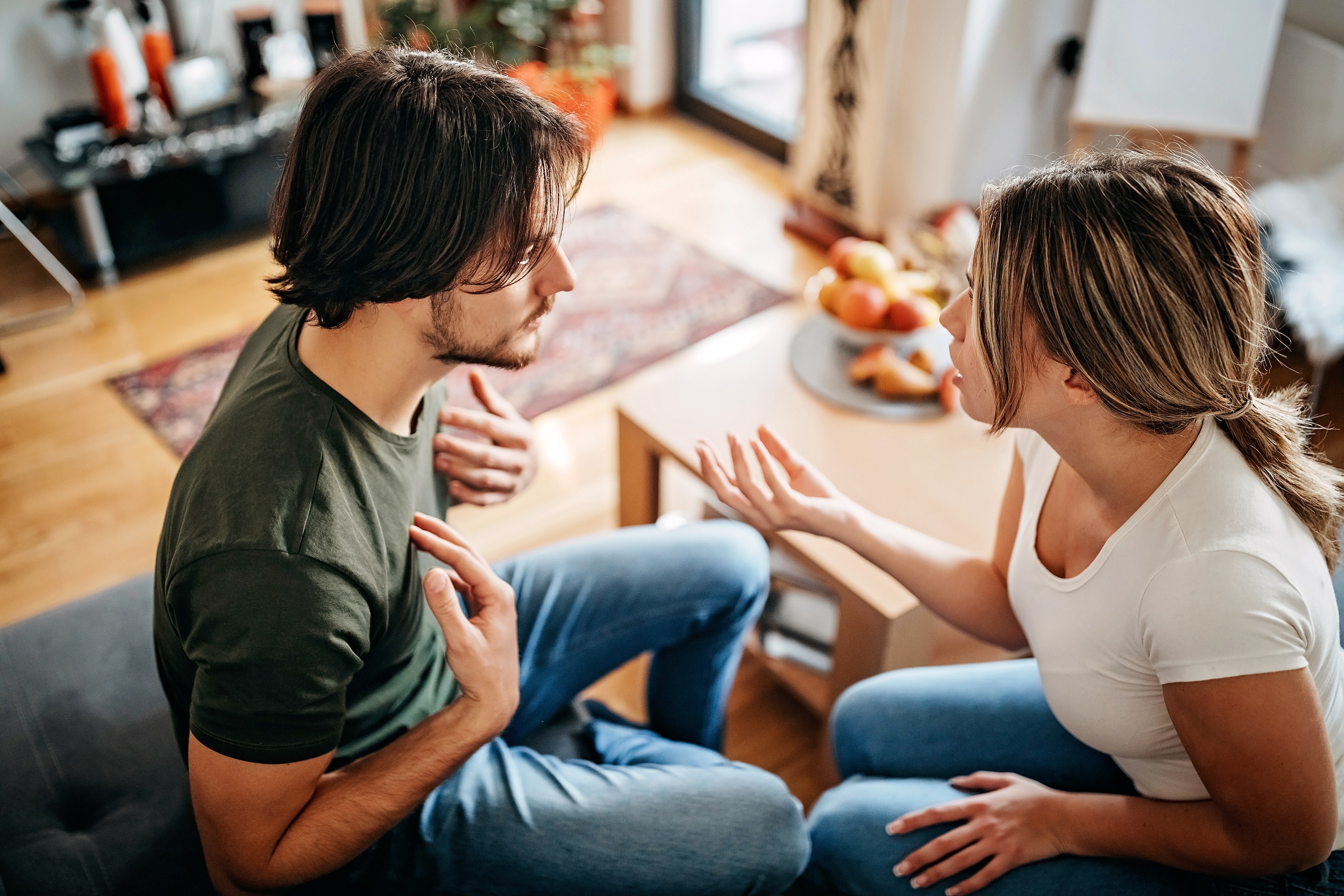
Empathy in couples
Understanding the adaptative functioning of couples is something crucial considering the harmful consequences of situations of domestic violence.

Choosing the usual or taking a chance?
We always choose the same route back home, but one day, alerted about traffic restrictions, we decide to risk an alternative route. What drives us to make this decision?

Dream and daydream: differences and similarities
Did you know that daydreams reflect events from the previous two days and “night” dreams resemble a fictional plot?

Does your dog have social skills?
A study suggests that viewing the owner’s face works as a positive social reinforcement for dogs. Learn more about this and other surprising results about “man’s best friend”.
News
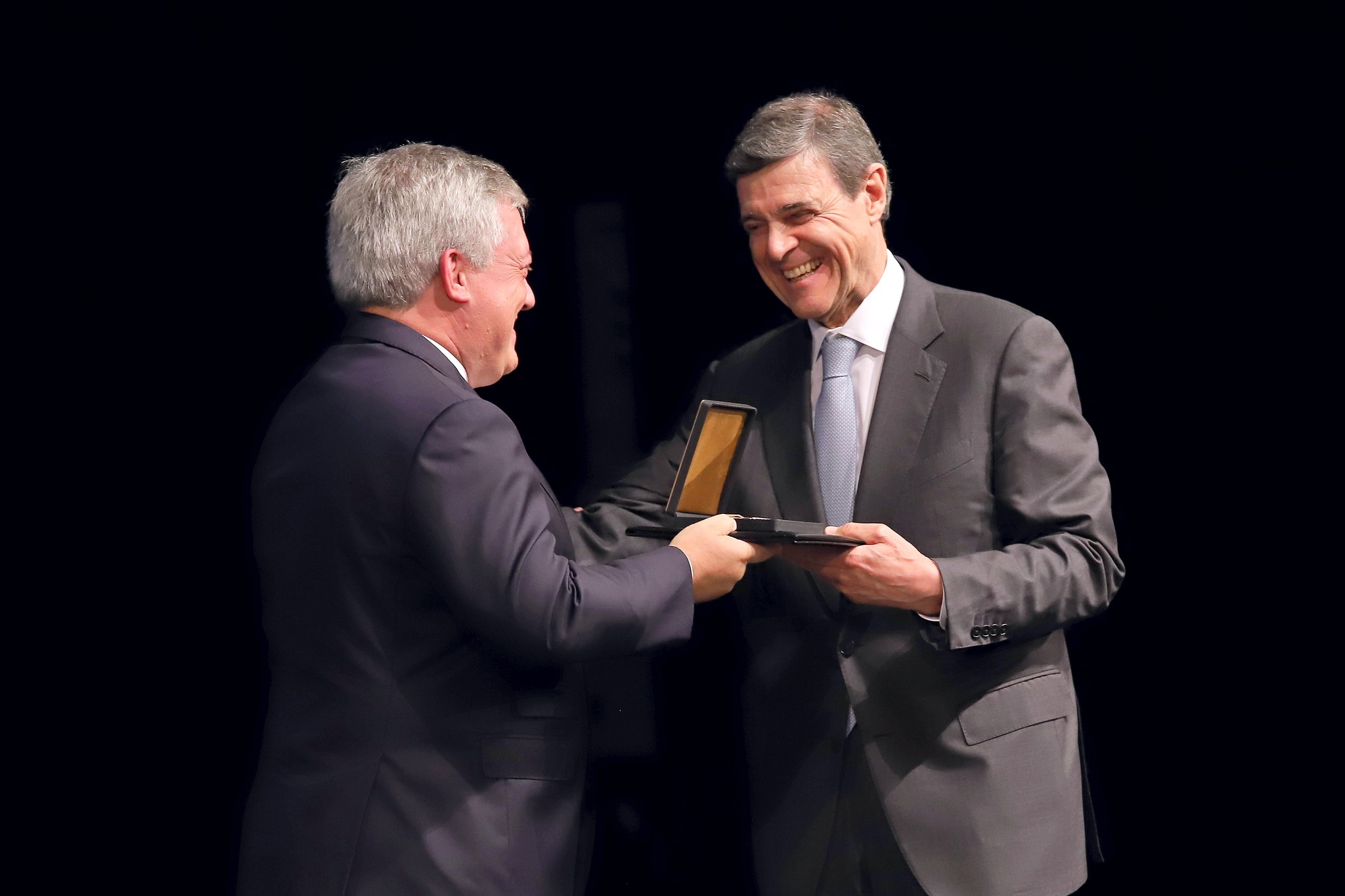
Luís Portela was awarded the Medal of Honor by Vila Nova de Gaia
The chairman of the BIAL Foundation, Luís Portela, was awarded the Medal of Honor from Vila Nova de Gaia on June 20. The attribution act was carried out in a ceremony as part of the Municipality Day celebration.

What causes interference in short-term memory?
What causes interference in short-term memory? Looking to answer this question, John E. Marsh, principal investigator of the research of project 201/20 - The Control of Attentional Diversion: A Psychophysiological Approach, supported by the BIAL Foundation, carried out three experiments that explored the effects of changing-state vibrotactile sequences on short-term memory. The results revealed that short-term memory for a visual sequence is more disrupted by a changing-state vibrotactile sequence (alternating from one hand to the other) compared to a steady-state tactile sequence (presented to both hands simultaneously).

Neural activity in tactile width discrimination
Miguel Pais-Vieira, principal investigator of the research project 95/16 - Reward modulation of tactile stimulus processing, supported by the BIAL Foundation, published in Frontiers in Human Neuroscience the paper Neurophysiological correlates of tactile width discrimination in humans. The research team aimed to describe general changes occurring in neural activity during the periods of tactile width discrimination and motor response and identify changes in neural activity that were relevant for the performance in the task within- and between-subjects. Tactile width discrimination was associated with changes in neural activity and connectivity in networks involving electrodes from fronto-temporo-parieto-occipital networks, mostly in theta, alpha, and beta frequency bands. Asymmetrical networks of electrodes were associated with tactile width discrimination performance within- and between-subjects.

Brain differences between trance and mind-wandering states
In the scope of project 72/16 - A physiological examination of full-trance channeling, supported by the BIAL Foundation, Helané Wahbeh evaluated differences in the brain between trance and mind-wandering states, in thirteen participants who could enter trance states at will. Findings revealed increased delta and theta power in the frontal region and increased gamma in the centro-parietal region during mind-wandering, whereas trance showed increased beta and gamma power in the frontal region. No differences were observed in the alpha band. Connectivity was not different between the trance and mind-wandering states. However, there was a relationship between subjective ratings of trance depth and connectivity, with increased trance depth reflecting decreased whole-brain connectivity in all frequency bands. To know more about this study, read the book chapter Evaluating brain spectral and connectivity differences between silent mind-wandering and trance states published in Progress in Brain Research.

Nominations for BIAL Award in Biomedicine 2023 are open until June 30
The third edition of the BIAL Foundation's international award, the BIAL Award in Biomedicine, is open, with nominations until June 30. With the amount of 300.000 Euros, this award seeks to recognise a work published in the broad biomedical field within the last ten years, the results of which are considered of exceptional quality and scientific relevance.
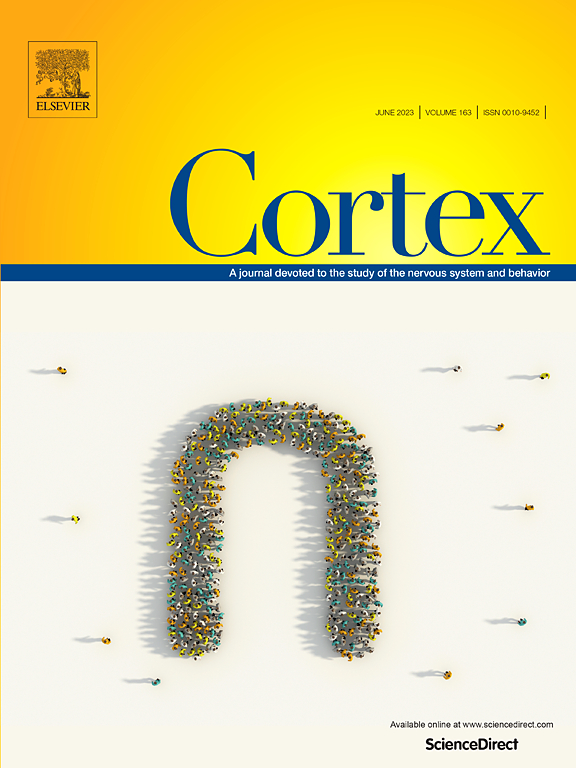
The role of alpha in attentional processes
Alexander Jones and Jonathan Silas published in Cortex the paper Spatial attention is not affected by alpha or beta transcranial alternating current stimulation: A registered report resulting from the research project 150/16 - An investigation into the causal role of alpha oscillations in attention, supported by the BIAL Foundation. Using transcranial alternating current stimulation (tACS), the researchers tested whether somatosensory alpha oscillations are causally related to endogenous and exogenous attention and concluded that the manipulation of alpha by tACS does not cause changes in tactile spatial attention. These findings support an account of alpha power not being causally involved in attention.
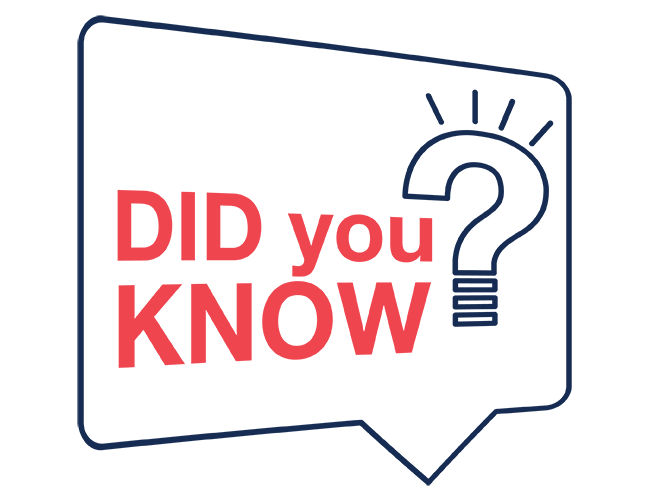
Italy, UK, USA and Portugal were the countries with most supported projects in Grants Programme 2022/23
Did you know that in the Grants Programme for Scientific Research 2022/23 it was supported 75 applications from 17 countries?
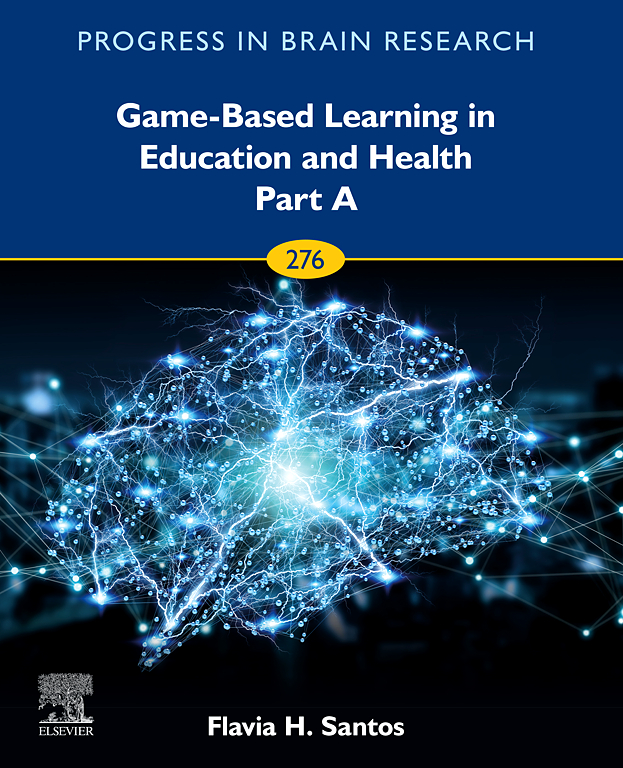
Voluntarily turning off consciousness
Matthew Sacchet, principal investigator of project 99/20 - Beyond "mindfulness" and toward a modern science of meditative mastery and spiritual transformation, supported by the BIAL Foundation, studied the total absence of consciousness during meditation achieved by some advanced practitioners. Besides the absence of any time experience or tiredness, practitioners also report a sudden sense of clarity, openness, and possibly insights after emerging from meditation-induced cessations of consciousness.
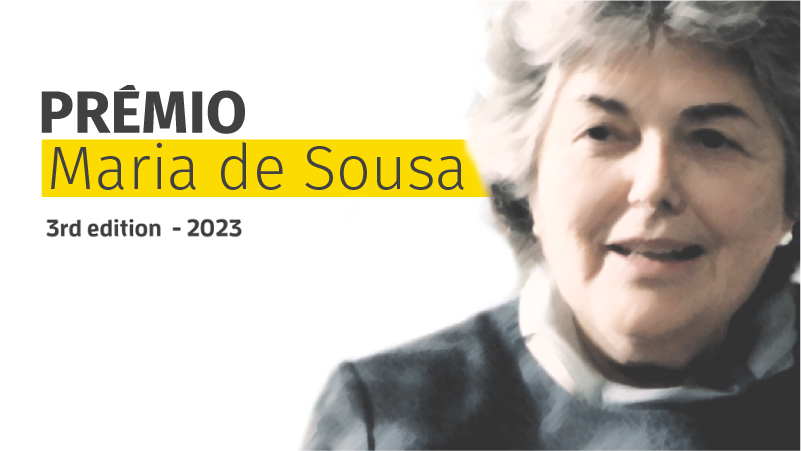
Maria de Sousa Award: applications until May 31
The Portuguese Medical Association and the BIAL Foundation are promoting the third edition of the Maria de Sousa Award, launched in 2020 to honour the memory of the physician and great researcher Maria de Sousa. The Maria de Sousa Award aims to award and support young Portuguese researchers, aged 35 or under, with scientific projects in the area of Health Sciences, including a mandatory internship in an international center of excellence.

BIAL Foundation celebrates its 29th anniversary
Today, the BIAL Foundation celebrates 29 years of activity in three areas with the aim of stimulating new discoveries and contributing to the improvement of human life: the attribution of Awards, the Grants Programmes for Scientific Research and the “Behind and Beyond the Brain” Symposia.
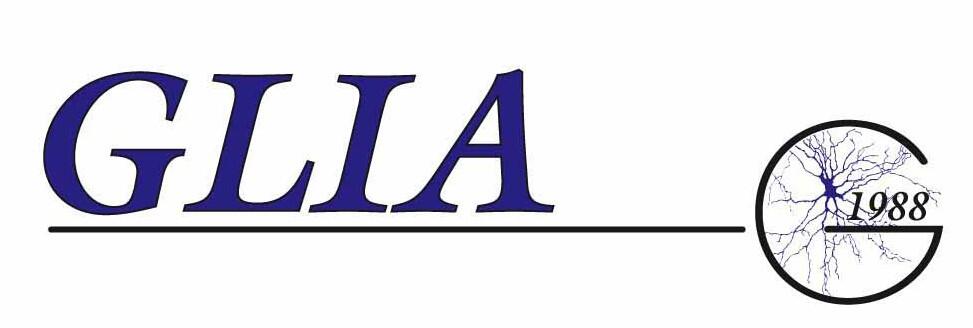
Structural analysis of hippocampal astrocytes
João Filipe Oliveira, principal investigator of the research project 37/18 - Decoding the neuron-astrocyte dialogue that supports cognitive processing, supported by the BIAL Foundation, published the paper Astrocyte structural heterogeneity in the mouse hippocampus in the journal GLIA. The author concludes that “the main finding of this work is that hippocampal astrocytes display structural heterogeneity across hippocampal subfields that is conserved along the dorsoventral axis.”

The role of TrkC in the regulation of fear
In the scope of the research project 85/18 - Role of NT3/TrkC in the regulation of fear, supported by the BIAL Foundation, the principal investigator, Mónica Santos, published in the journal Molecular Neurobiology the paper TrkC Intracellular Signalling in the Brain Fear Network During the Formation of a Contextual Fear Memory. It was observed an overall decrease in TrkC activation in brain fear network (amygdala, hippocampus, and prefrontal cortex), both in the consolidation and reconsolidation phases of fear memory formation. In particular, the most relevant differences were observed in the amygdala during the consolidation phase and in the hippocampus during the reconsolidation phase of fear memory. In fact, consolidation and reconsolidation of contextual fear memories are dually dissociable processes that recruit different pathways.
Looking for collaboration

The quest of physiological markers for the experience of pain
Researcher: Elia Valentini - Department of Psychology & Centre for Brain Science, University of Essex Summary: The aim of this project is to improve measurement of the human experience of pain by investigating a combination of psychophysical and physiological responses during mild noxious stimulation. More specifically, we want to investigate how sensitive and specific to pain the brain oscillatory responses are. We use EEG as the main technique, but we are keen to collaborate with neuroscientists using fMRI, autonomic measures and brain stimulation as well as with computational neuroscientists. A clinical collaborator would also be very much welcome.

EEG investigation of hypnosis and decision-making
Researcher: Rinaldo Livio Perri - University Niccolò Cusano Rome, Italy Summary: I work in the field of hypnosis and cognitive neuroscience. In particular, I adopt the event-related potentials (ERPs) to investigate the effect of the hypnotic suggestions on sensory processing and cognitive performance. I am an expert in decision-making and proactive brain processes before the stimulus administration (e.g., the perceptual, prefrontal and premotor readiness during the expectancy stage). I could help colleagues to properly analyze the ERP signal in the pre-stimulus stage of processing. Also, I would be happy to share my EEG data for re-analyzing them in the frequency domain (e.g., wavelet or coherence analysis in the hypnosis research). Feel free to contact me for any question! More information on my papers: https://scholar.google.it/citations?user=-8e_V64AAAAJ&hl=it Possible collaborations: neuroscientist with experience in the EEG frequency analysis Email: perri.rinaldo@gmail.com

Transparent Psi Project - looking for collaborators
Summary: We are running a fully transparent, expert consensus-base multilab replication of Bem’s (2011) experiment 1. The project features state of the art methods to maximize transparency and study integrity. The study involves a computerized experiment taking about 20 minutes per session. Group testing is possible in a computer lab, no specialized equipment needed. Labs are expected to recruit at least 100 participants. Participants will be exposed to images with explicit erotic/sexual content in the experiment. No financial compensation is required for the participants. Data collection is expected to take place in the 2020 fall semester. Every material is provided for ethics/IRB submissions and data collection in English (translation of materials might be necessary by the collaborators). The study is pre-registered and the manuscript is accepted in principle for publication in the journal Royal Society Open Science. All collaborators who meet the minimum sample size criterion will get authorship on this paper reporting the results of the replication study. More information in the preprint: https://psyarxiv.com/uwk7y/ Indicate interest in the collaboration via the following form: https://tinyurl.com/tpp-labs With any question contact the lead investigator: Dr. Zoltan Kekecs, kekecs.zoltan@gmail.com

Cognitive control and learning
Researcher: Ignacio Obeso, Ph.D. / CINAC - HM Puerta del Sur Summary: The aim of our projects is to understand the behavioral and neural mechanisms used to learn how humans establish adaptive behaviour in changing contexts. More specifically, we want to decipher how stopping abilities are initially learned and later executed under automatic control. We use task-related fMRI, brain stimulation and clinical models to test our predictions in laboratory settings as well as online home-based paradigms. Possible collaborations: computational scientist Email contact: i.obesomartin@gmail.com https://iobesomartin.wixsite.com/cognitivecontrol
Find here some links to other Foundations, Organizations, Societies and more that you might be interested in.
- BrainFacts.org
- Cognitive Neuroscience Society
- Dana Foundation
- European Brain Council
- European Society for Cognitive and Affective Neuroscience (ESCAN)
- Federation of European Neuroscience Societies (FENS)
- Human Brain Project
- IANDS International Association for Near-Death Studies
- Institut Métapsychique International (IMI)
- Instituto de Psicologia Paranormal
- International Behavioral Neuroscience Society (IBNS)
- International Brain Research Organization
- IONS Institute of Noetic Sciences
- Kavli Foundation
- Koestler Parapsychology Unit
- Open Sciences
- Organization for Human Brain Mapping (OHBM)
- Parapsychological Association
- Psi Encyclopedia
- Rhine Research Center
- Sociedade Portuguesa de Neurociências
- Sociedade Portuguesa de Neurologia
- Society for Neuroscience
- Society for Psychical Research
- Society for Scientific Exploration (SSE)
- World Federation of Neurology

